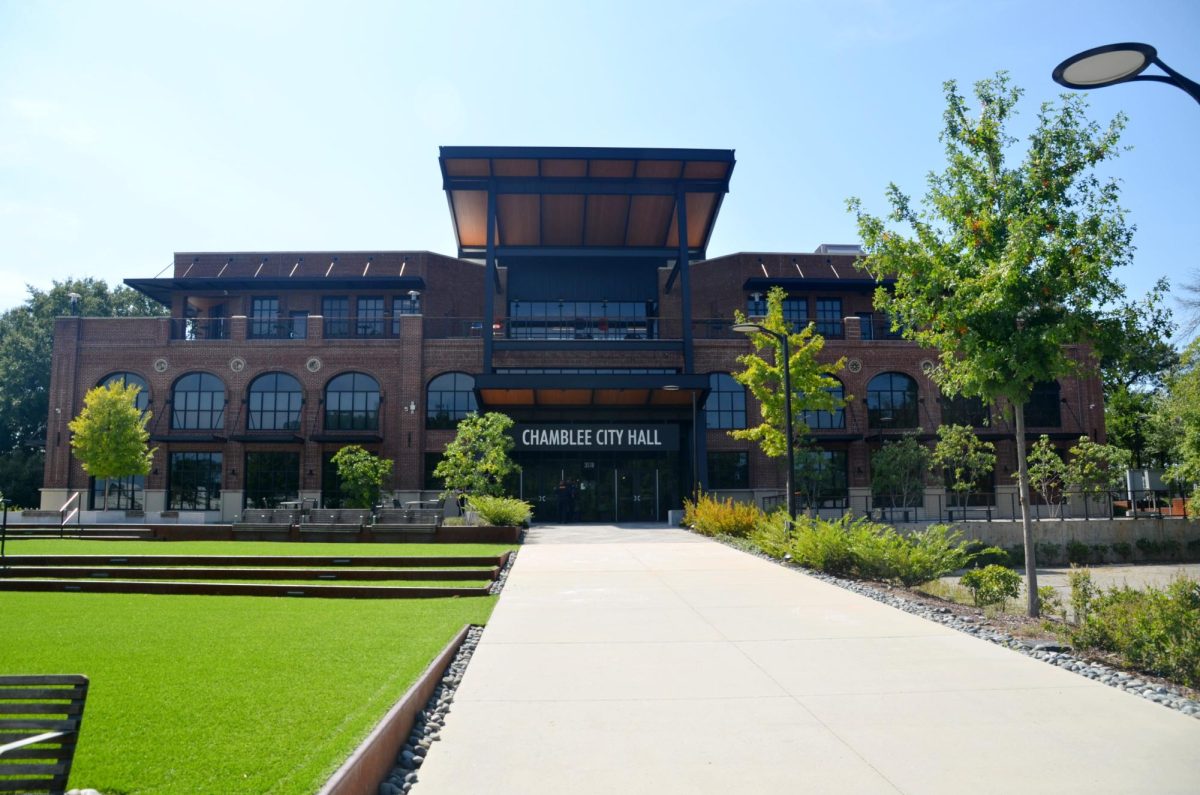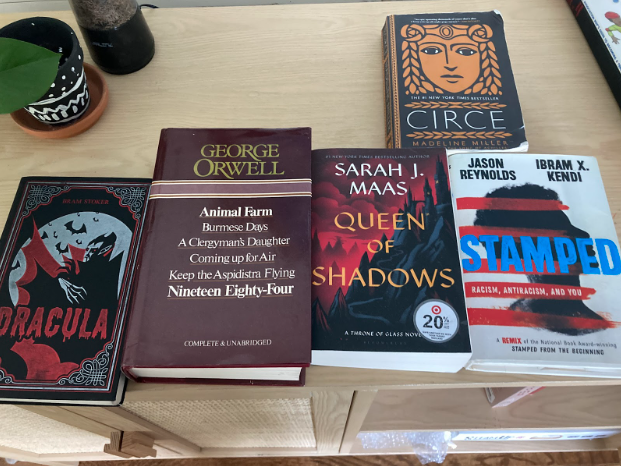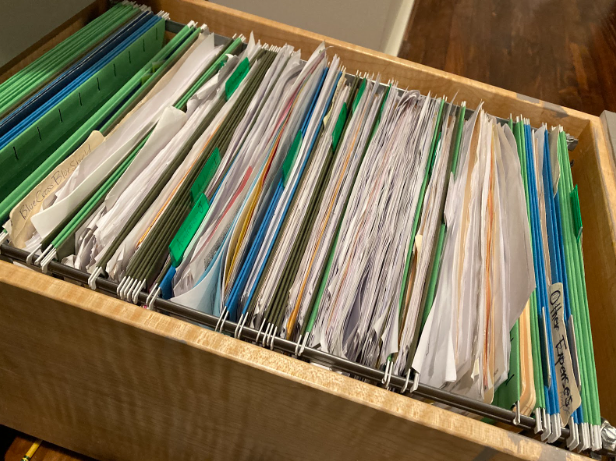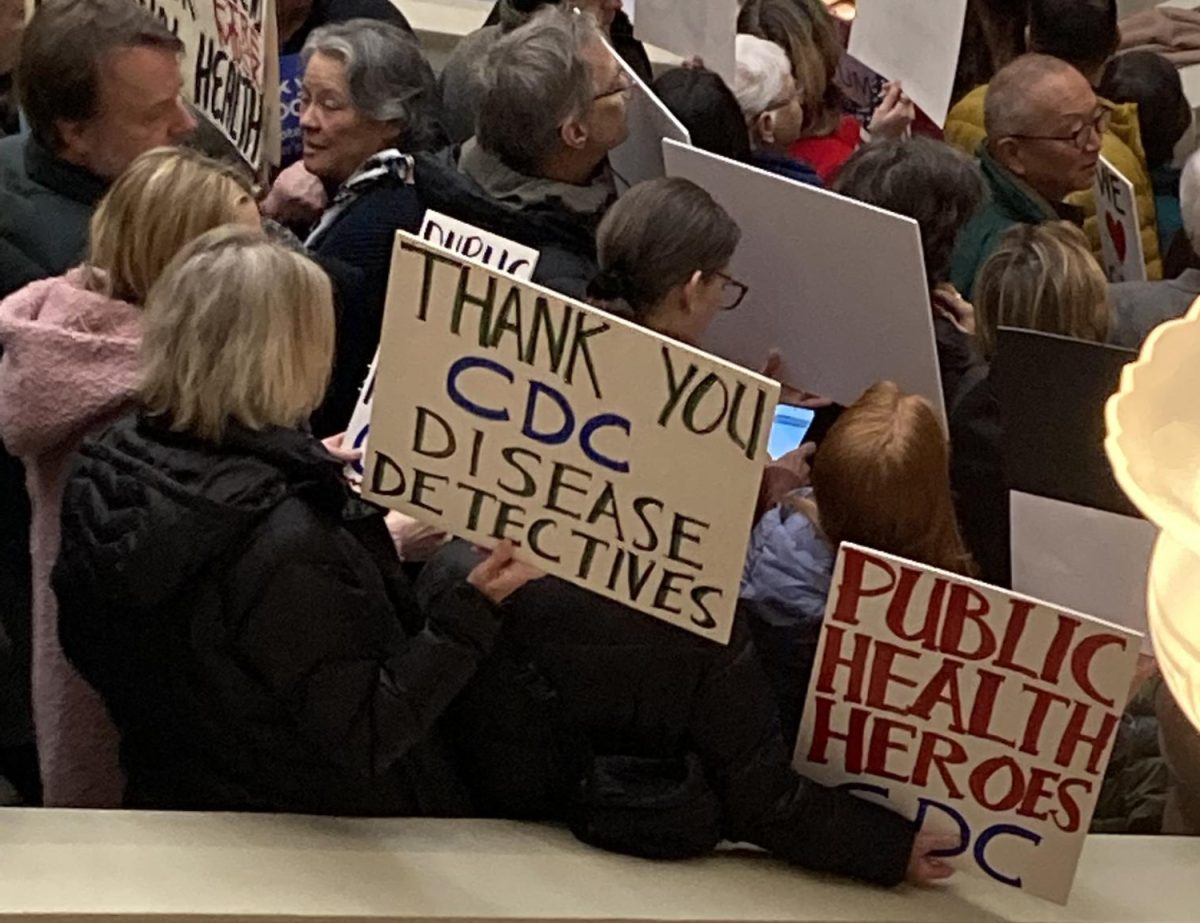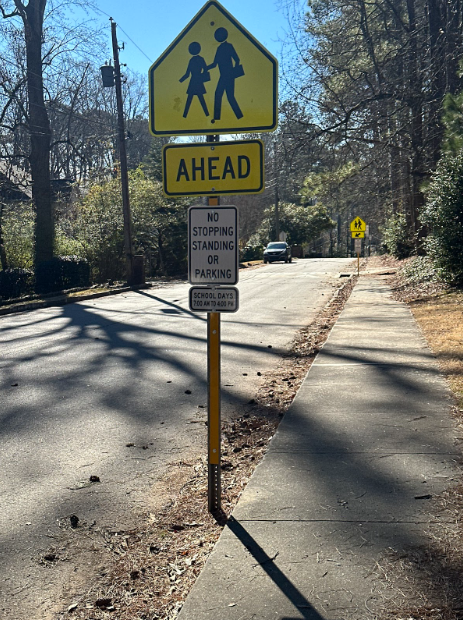Hispanic students in Chamblee can now take a Spanish class designed especially for them.
“The class is to help Spanish speakers, not only with grammar and literature – yes that’s part of it, that’s important – but that’s not all of it,” said Theresa Anderson, the World Languages Department Chair at Chamblee, who spearheaded the class. “It’s more of Latino culture. Not everybody is from Mexico, there are different countries represented.”
The two new classes, Spanish for Native Speakers I and Spanish for Native Speakers II, are a result of a year’s campaigning on part of the Chamblee Spanish teachers.
“I talked about this at the beginning of last year,” said Anderson. “Not only because of the students from Cross Keys, but because we had many Latinos in the school who could take these classes and learn their language of their house.”
However, it was the new students from Cross Keys coming to Chamblee Charter High School this year, a school with a large Latino population, that convinced the Counseling Department to accept the class. Coromoto Rodriguez teaches Spanish for Native Speakers I, while Lily Nunnelley teaches Spanish for Native Speakers II.
“I was assigned to the class, but it was always a class that interested me,” said Coromoto Rodríguez. “I noticed the students of Hispanic heritage that were in English classes or in Spanish classes with other [non-Hispanic] students. They needed another type of support, different from foreign Spanish learners.”
Anderson agrees that it is better to have separate Spanish classes for foreign learners of Spanish and Latinos.
“For example, in Spanish I, there are students who know nothing nothing nothing, and here are Latinos,” said Anderson. “Then, the others think, ‘Oh, because he is Latino he knows it all,’ but it’s not like that. In that case the Latinos become a little timid and nervous because they don’t know but don’t want to say ‘I don’t know anything.’ In classes of heritage speakers, everyone is like that, everyone has something in common. The students are more comfortable, and can learn more.”
There are also differences in the needs of heritage speakers, who have wide range of experience with Spanish.
“We are trying to do a class that adjusts to the students because our students are in different levels of knowledge of the language,” said Rodríguez. “Some of the students that come have taken Spanish in elementary school or maybe in basic schooling of the country where they’re from. These are the students at a fluent level of the language.”
That level of fluency is not the most common, however.
“But there are more students of Latino heritage that were born here in the United States where they, at this time, speak better English than Spanish,” said Rodríguez. “And this class is also going to guide these students to let Spanish rise to the surface, so that they can rediscover their roots while they’re learning in Spanish class.”
The split classes balance these differences in mastery, with the first class starting with core culture and history and the second class developing these topics in more detail through speaking and composition.
Lucy Avila and Romeo López are students of Spanish for Native Speakers I. Both of them have roots in Guatemala, and both of them are taking Spanish for the first time. Last year Avila was attending Cross Keys, while Lopez was at Sequoyah Middle School.
“I need to improve my Spanish,” said Avila of her reasons for taking the course. “It’s a good class.”
López gave a similar response.
“I want to speak Spanish more perfectly,” said López. “The other students are good. I like the class. Spanish is my language.”
Anderson’s own life illustrates the importance of the class.
“I lived this class,” said Anderson. “I was born in the United States. But after my birth, my mother and I returned to El Salvador, and I stayed there for five years. The first five years of my life were in Spanish. So in those years, I didn’t speak English at all.”
However, her mother wanted her to study in the United States.
“When I was a child, they didn’t offer English classes for Spanish speakers,” said Anderson. “They didn’t exist. I had to learn English very quickly. Nobody helped me. In the meantime, my mother was also working to learn English. At night she didn’t have time to teach me things about Spanish, to maintain the culture that I learned, things like that, because the two of us were fighting to learn English.”
Eventually Anderson had to relearn Spanish. Similar stories to hers are common among U.S. born or raised Latinos, some of whom never learn Spanish at all. Fortunately, things have changed since Anderson was a child and most U.S. high schools offer Spanish courses.
Usually, the path for students of Spanish at Chamblee is in Spanish I through IV and AP Spanish Language and Culture. Students of Hispanic heritage now have another path.
“First, Spanish for Native Speakers I, then Spanish for Native Speakers II, AP Spanish Language and Culture, and there is going to be AP Spanish Literature and Culture,” said Rodríguez.
AP Spanish Literature and Culture is not currently offered at Chamblee, but will be an option next school year.
“It’s time to start showing off the Spanish,” said Anderson. “We’re doing great things.”


